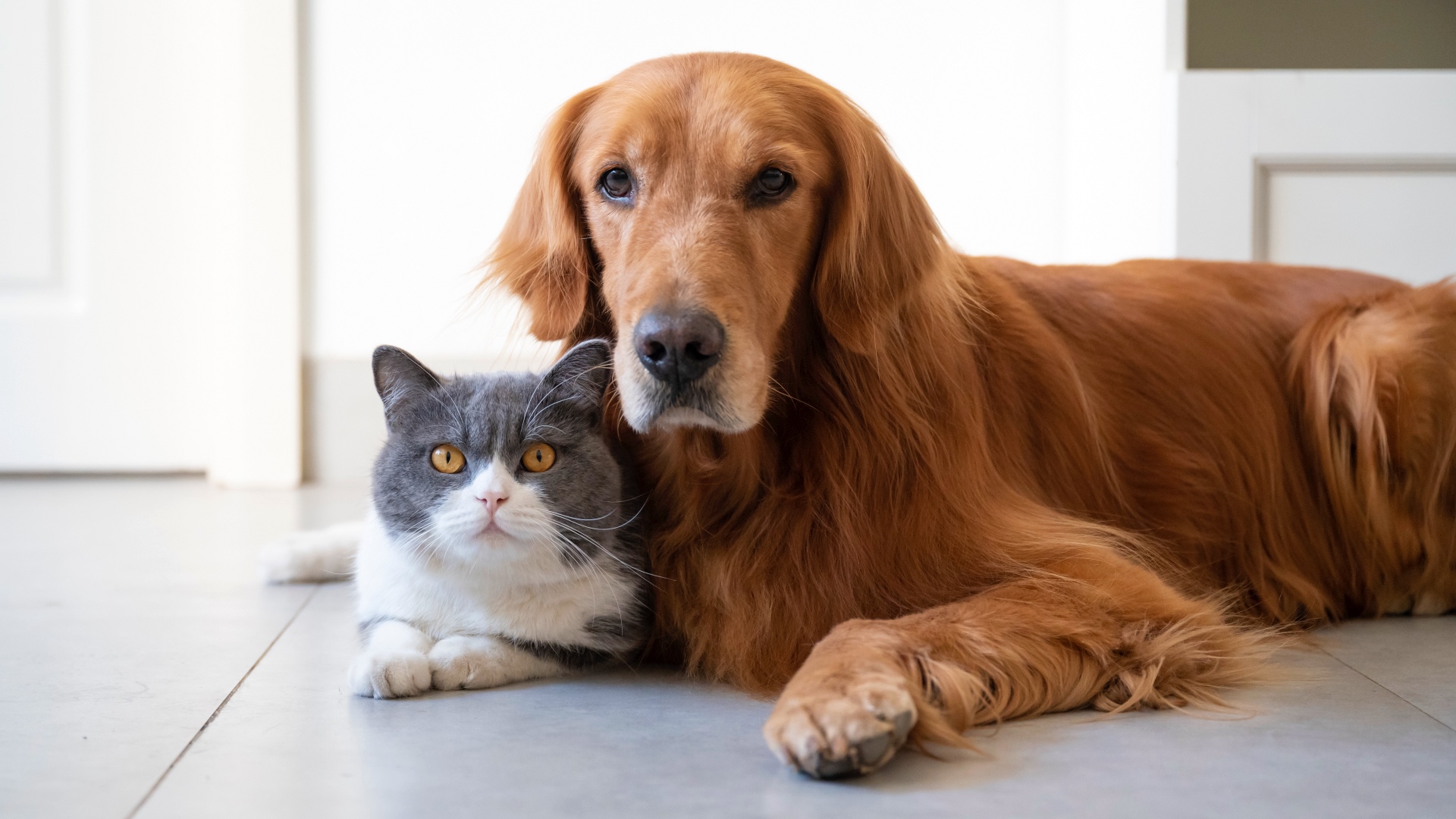
Having a pet at home is one of the great joys of life, but sometimes they display downright baffling behaviors. Your dog scratching at the door is pretty easy to interpret, but why does he follow you to the bathroom? Your cat's tendency to hiss at things that scare her makes sense, but why is she eating plastic?
We've put together a list of some common pet behaviors and gone through what your pet might be trying to tell you. Next time your furry friend is being weird, have a read and see what they're saying.
32 things your pet is trying to tell you
1. Sighing
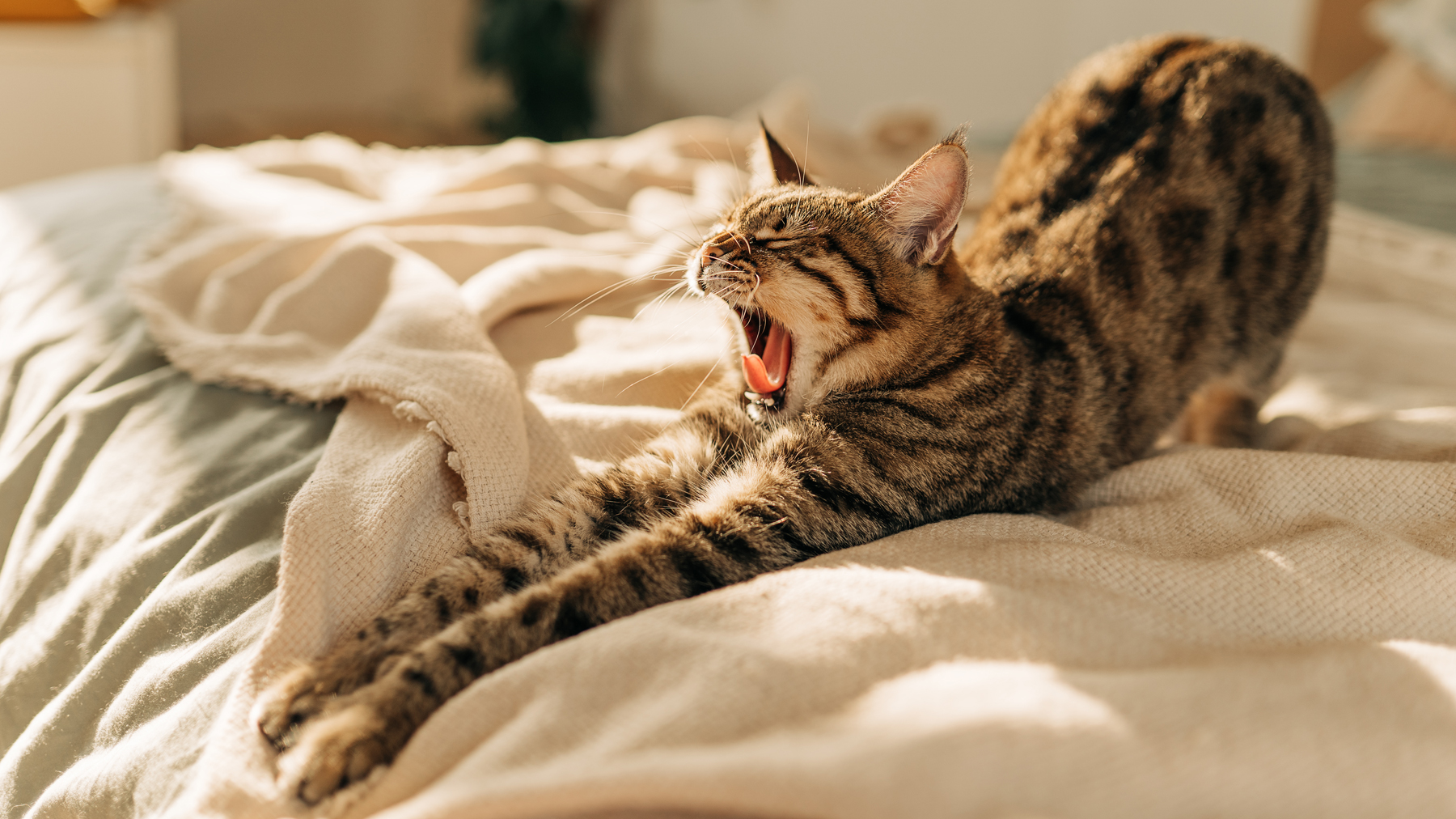
Dogs and cats might sigh to communicate a number of things. The sigh might indicate happiness or contentment, or they may be trying to tell you that they're bored. Take contextual clues from other body language your pet is displaying: do they seem stressed? Understimulated?
2. Howling

This one is more of a dog behavior, although cats sometimes yowl. Howling can be your dog's way of saying "I am here" and marking their territory, or warning predators away from your home. Howling is also a social activity, so your dogs may enjoy howling together, even if you don't. A yowling cat is likely bored and wants attention, or might be squaring up for a fight.
3. Hissing
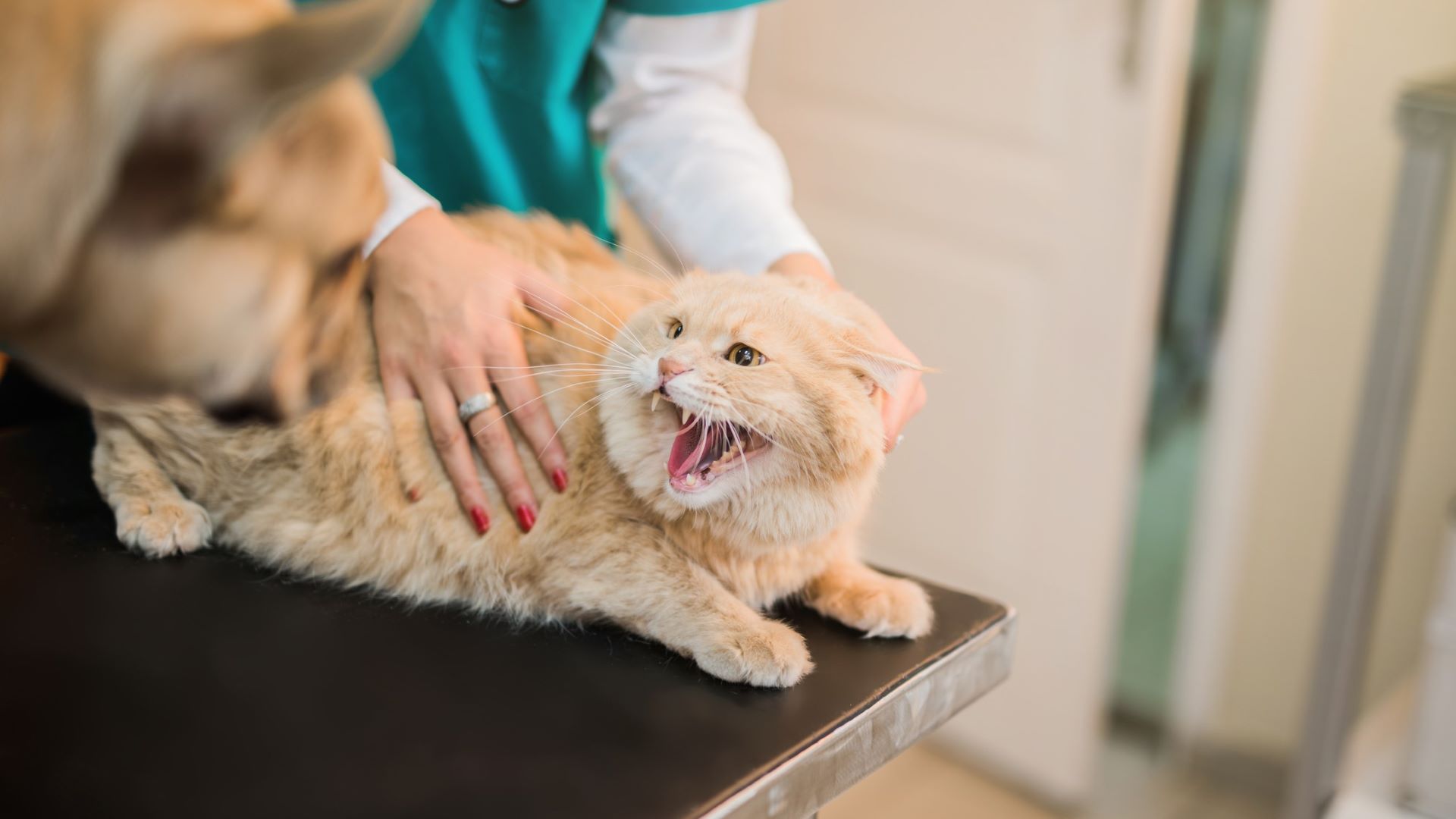
A hissing cat is not a happy cat. It is usually an indication that your cat is anxious, scared, or angry. Cats hiss in response to pain, or threats, or to give those around them a warning that they might get spicy and aren't afraid to fight.
4. Whale eye
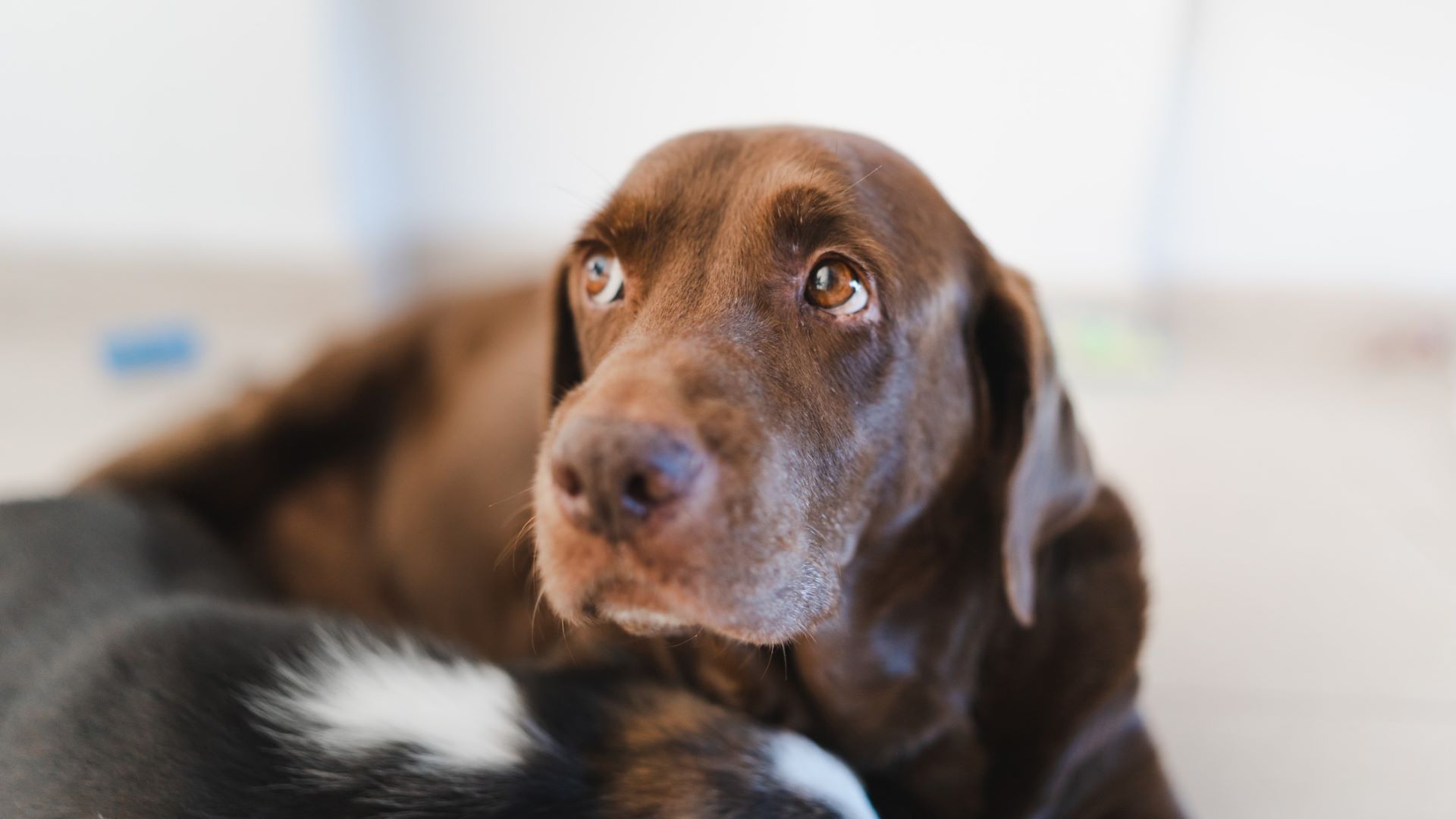
Dogs use whale eyes to communicate discomfort, worry, and a desire not to be disturbed. The whites of the eyes are visible, and the dog's head is usually lowered, but they will keep their eyes fixed on something or someone that they're trying to tell to go away.
5. Barking
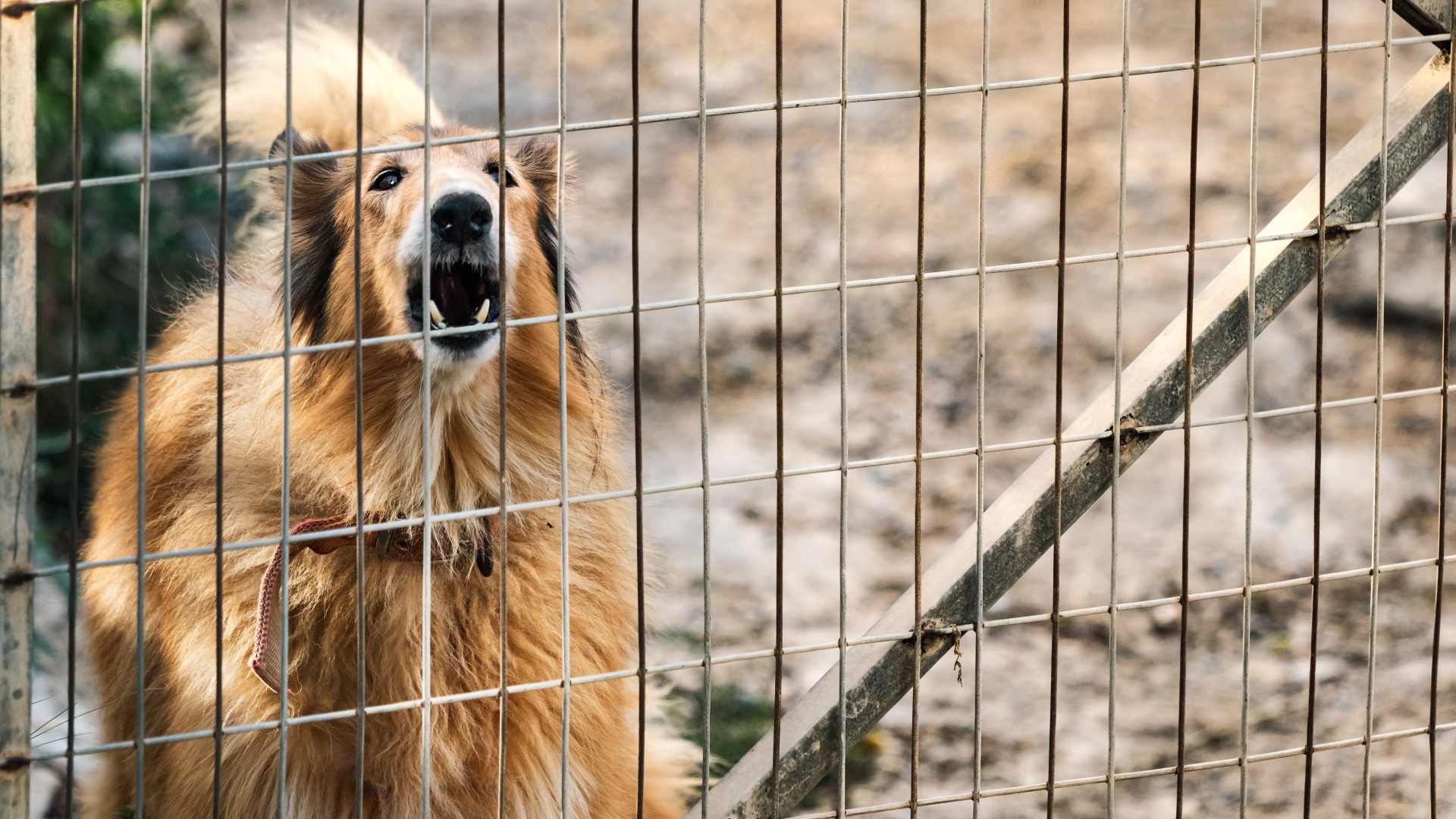
A barking dog is definitely trying to tell you something, but it could mean a variety of things. They may be trying to alert you to danger, get your attention or they may just be happy and expressing themselves. Some dogs bark to initiate play or to show that they are enjoying play.
6. Meowing
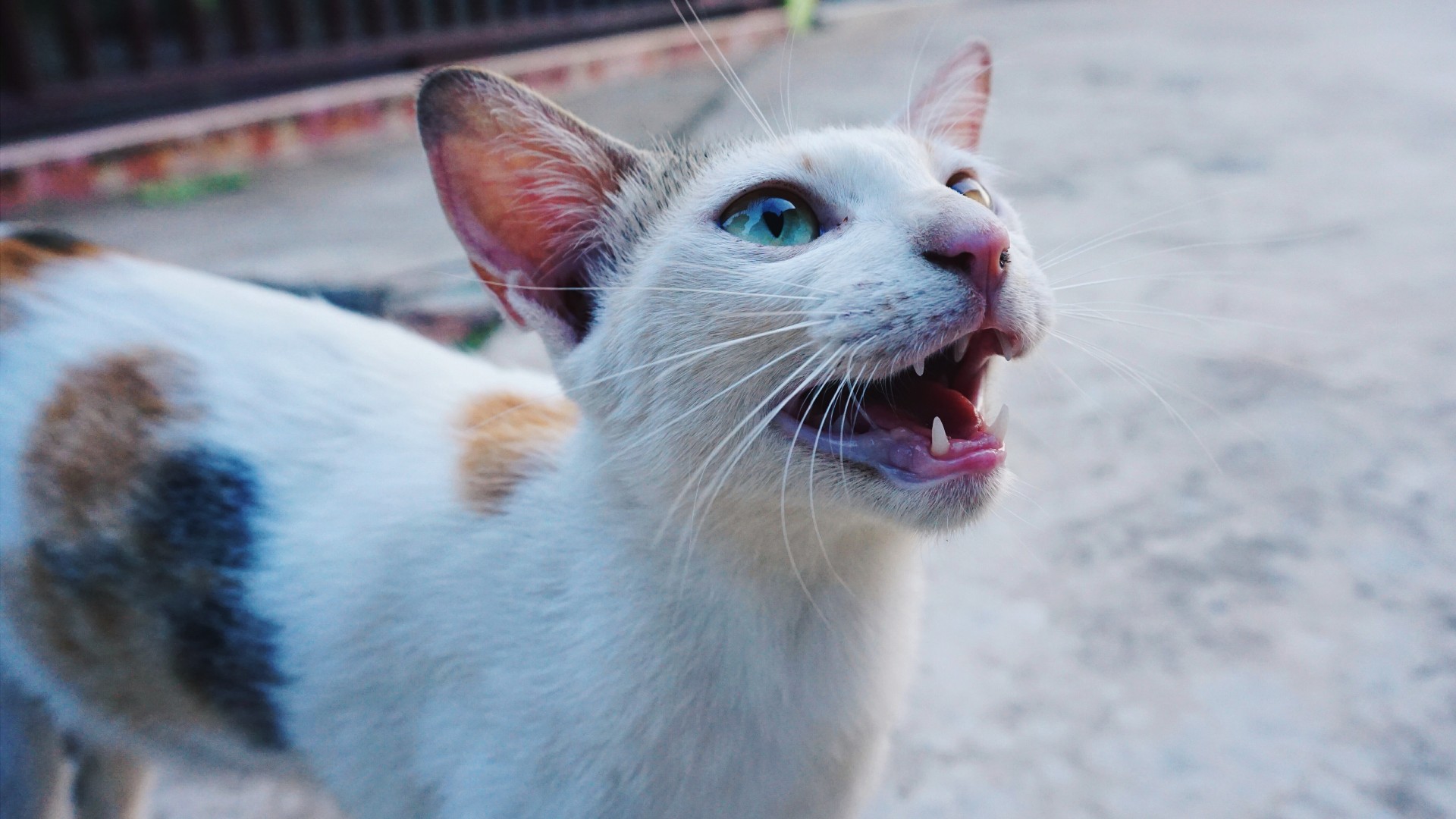
Cats meow for a variety of reasons, but mostly to communicate with humans. A long meow might be a plea for attention, a little meow might be your cat saying "hi!" and a chirping meow might mean that your cat is excited and has seen something interesting.
7. Growling
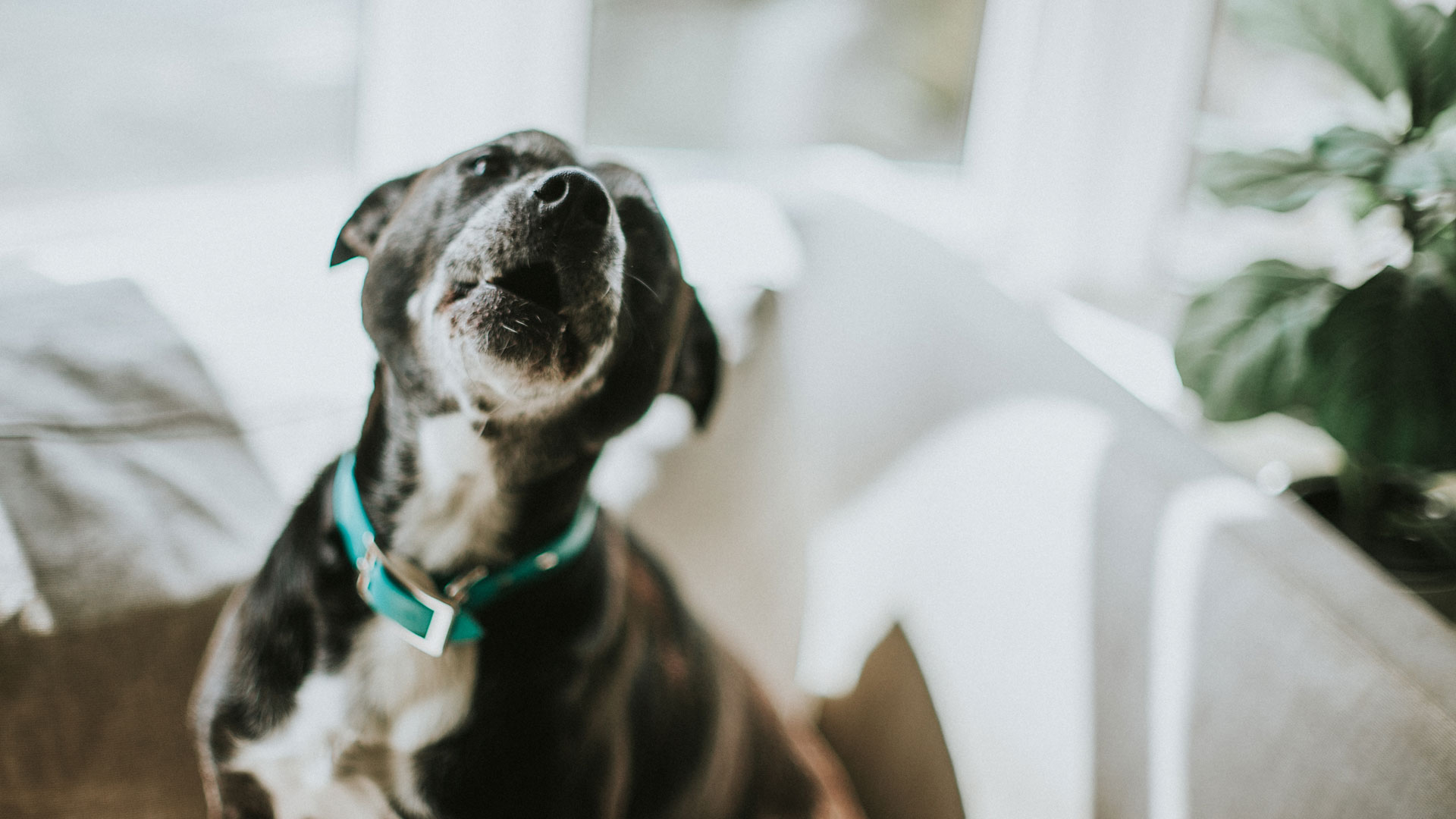
A growl can mean several things, like "go away," "I'm scared," or "I don't like that." But not all growls are negative: some dogs growl during play or to simply let you know they need their space. Contextual clues are important here, sometimes a stressed-out dog might produce a yawn that ends in a growl. Sometimes they even growl in their sleep.
8. Purring

A purring cat is usually a content cat. Cats purr when they are happy, and feel safe and comfortable with you. If they purr while you're petting them they're letting you know "I like that."
9. Wagging
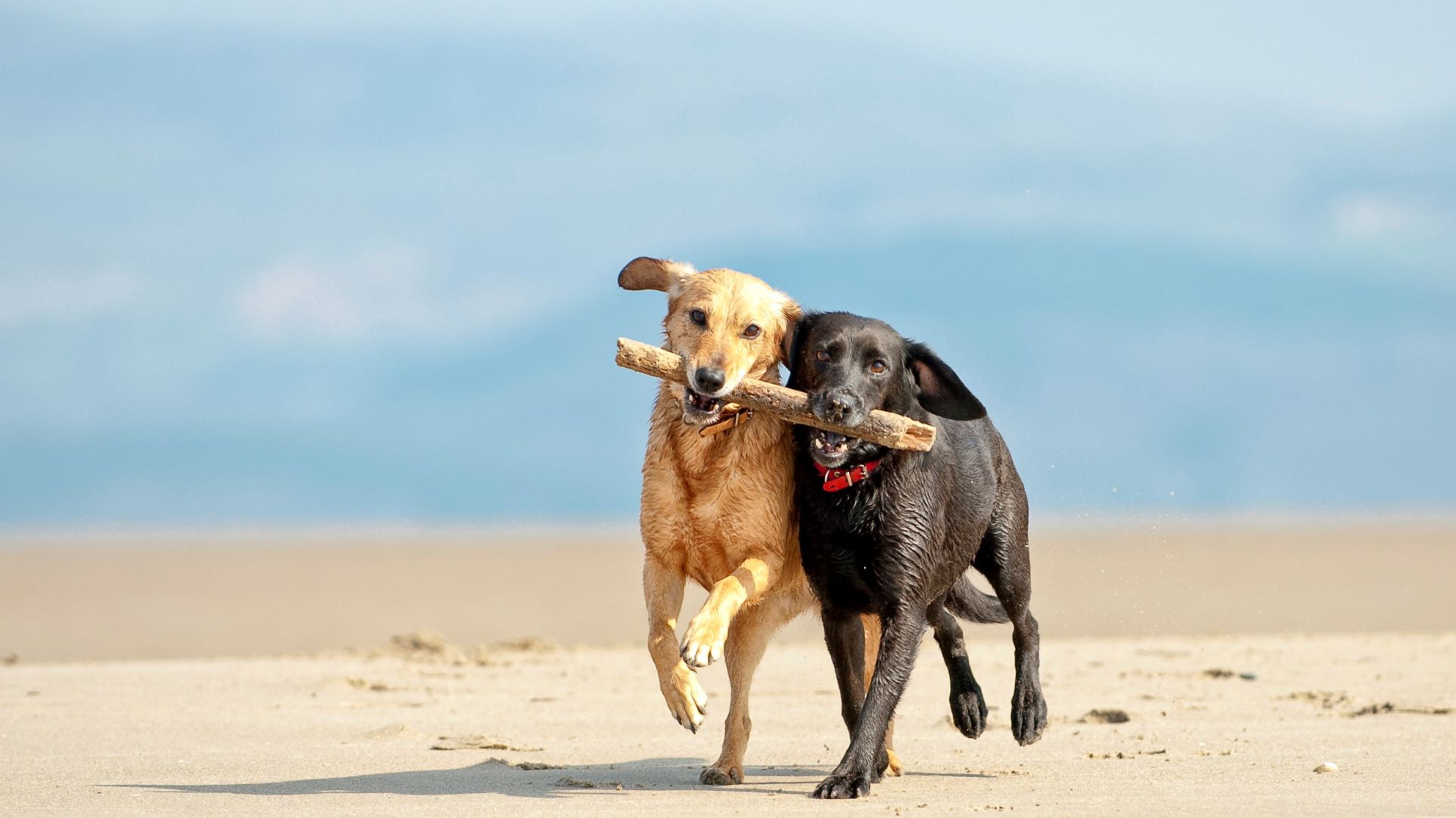
A wagging tail tends to be a good indication that your dog is having a good time! A slow and lazy wag usually means your dog is relaxed and happy, a fast wag means your dog is excited. Your dog may also wag in appeasement, so if their other body language looks anxious it might not be a cheerful wag but a nervous one.
10. Slow blinking
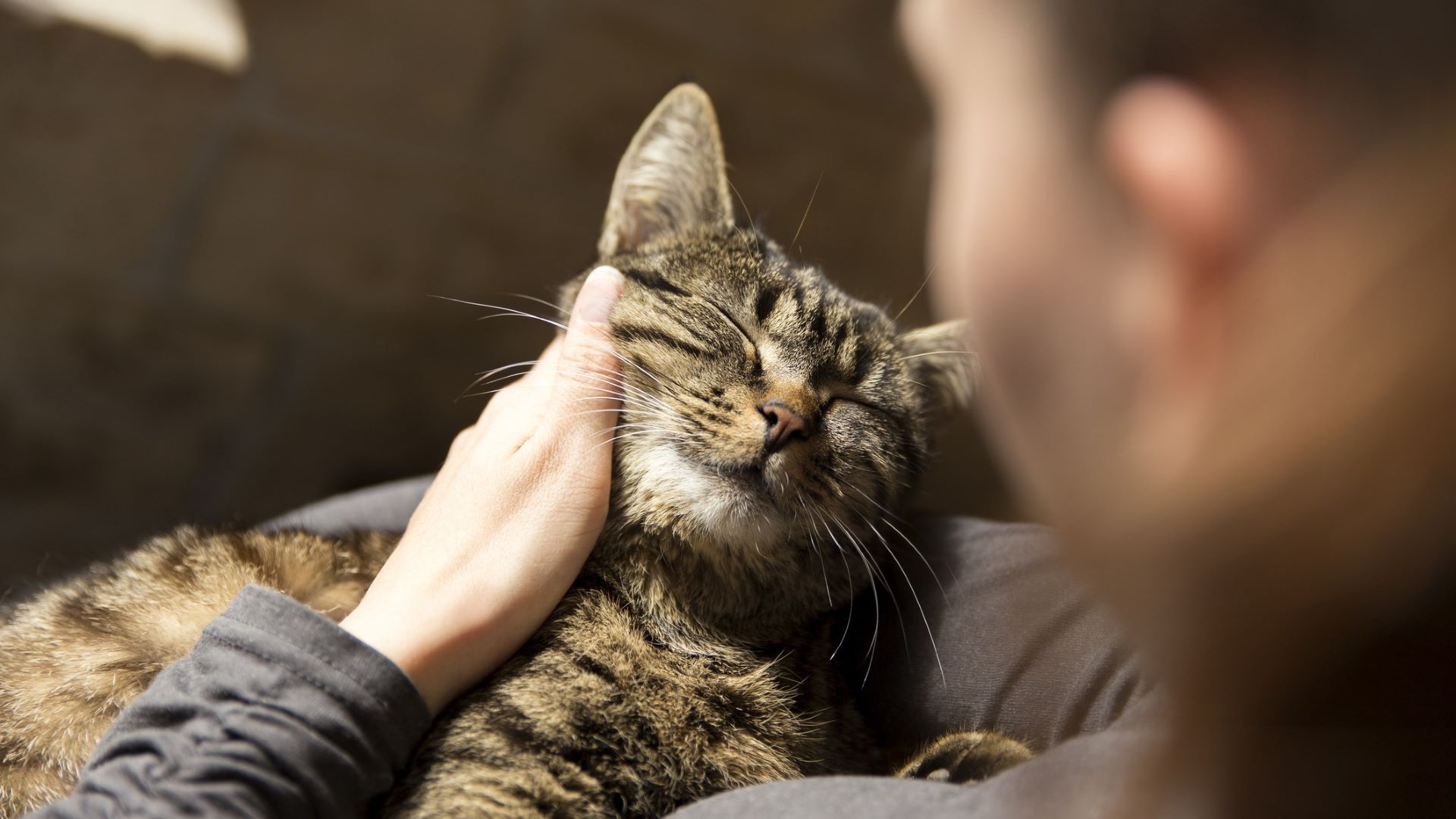
Cats slow-blink to communicate happiness, relaxation, and affection. If your cat is half closing their eyes while they stare at you they're telling you that they love you and they feel safe with you.
11. Bowing
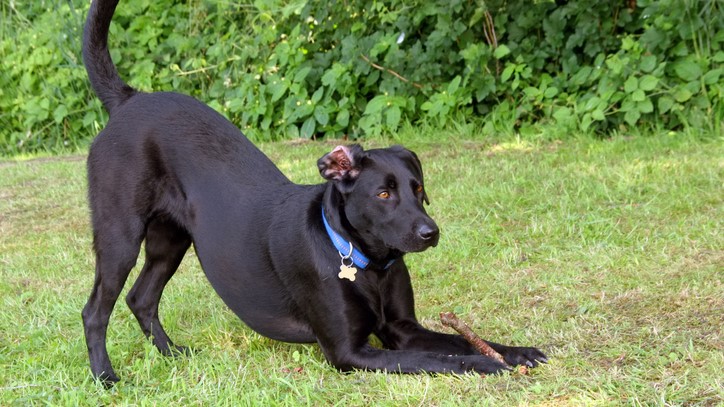
Dogs bow for a number of reasons. A big stretch that ends in a bow pointing to their human usually means your dog is ready for action and wants you to know that. Dogs also go into a bow, called a play bow, to invite other dogs to play with them.
12. Bringing you a beloved item
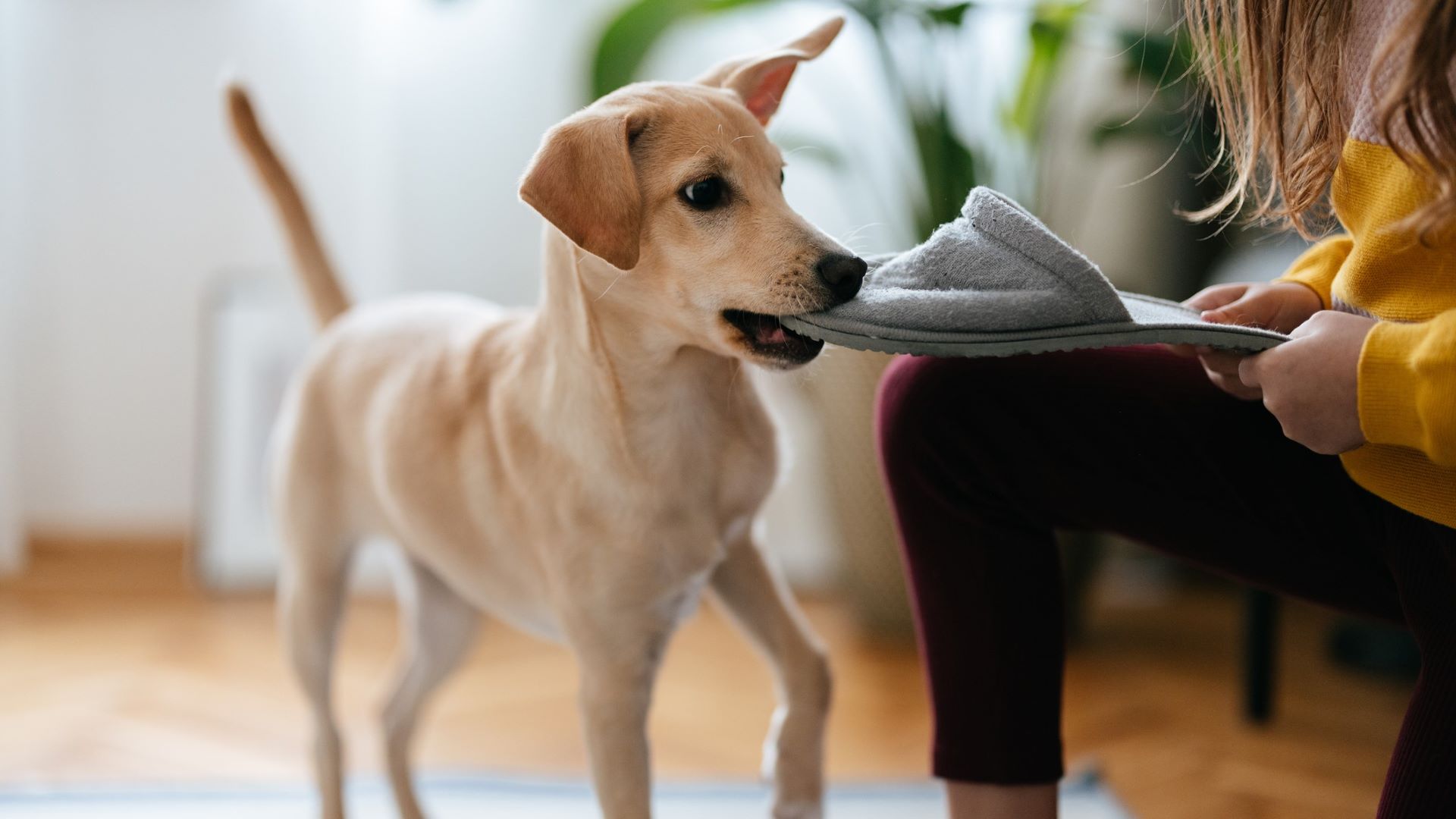
This is a weird displacement behavior that dogs do when they are feeling big emotions. If when you come in the door or come downstairs in the morning your dog has to go and get a toy or something else, this is his way of managing his feelings because he's very excited to see you. It might also just mean he wants to play!
13. Eating or chewing things
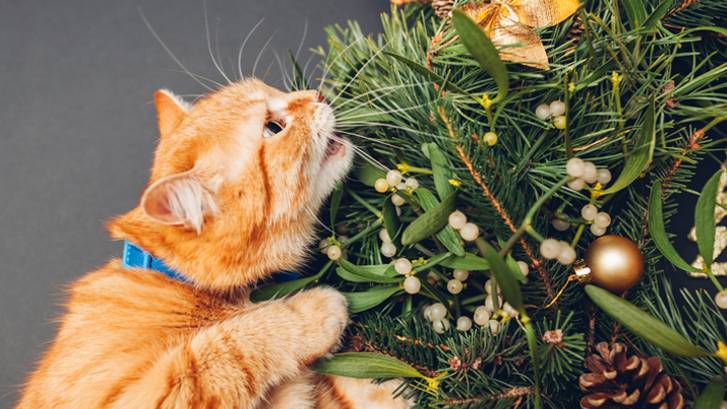
Dogs and cats both like to chew or attempt to eat things that interest them. They experience the world through their mouths and noses, so chomping down on something is a good way to assess the texture and see if it's worth eating. Try to keep things like plastic bags and toxic plants out of reach of your cat or dog if there is a risk they will ingest them.
14. Interest in the door
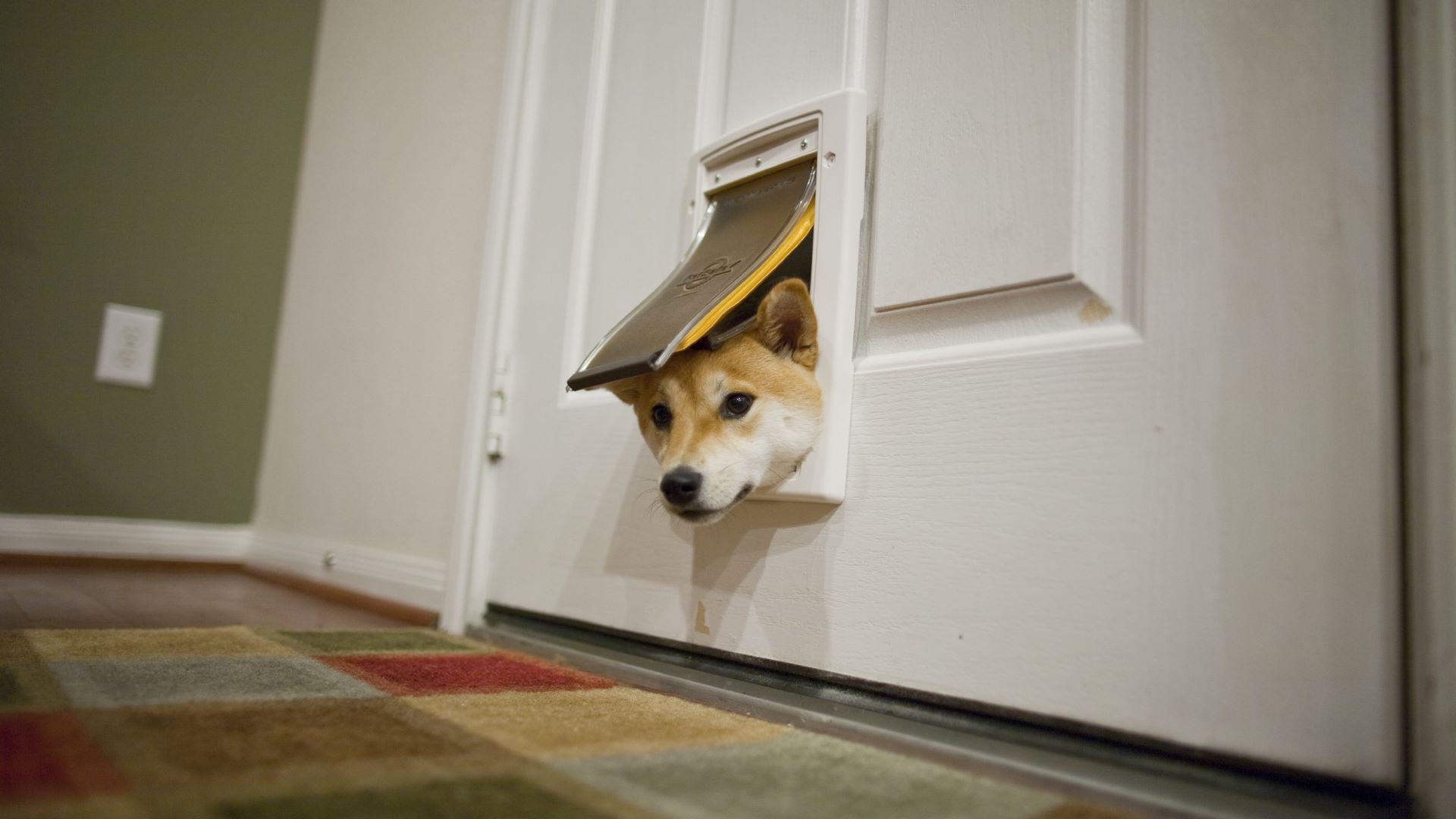
If your pet is standing by, scratching, or generally showing interest in the front door, they might want to go out. Some dogs can even be trained to press a button or pull a string and set off a bell that lets you know they need to go out and do their business. Sometimes dogs will stand by the door and whine, while cats might meow for your attention — they can't open it by themselves!
15. Hiding
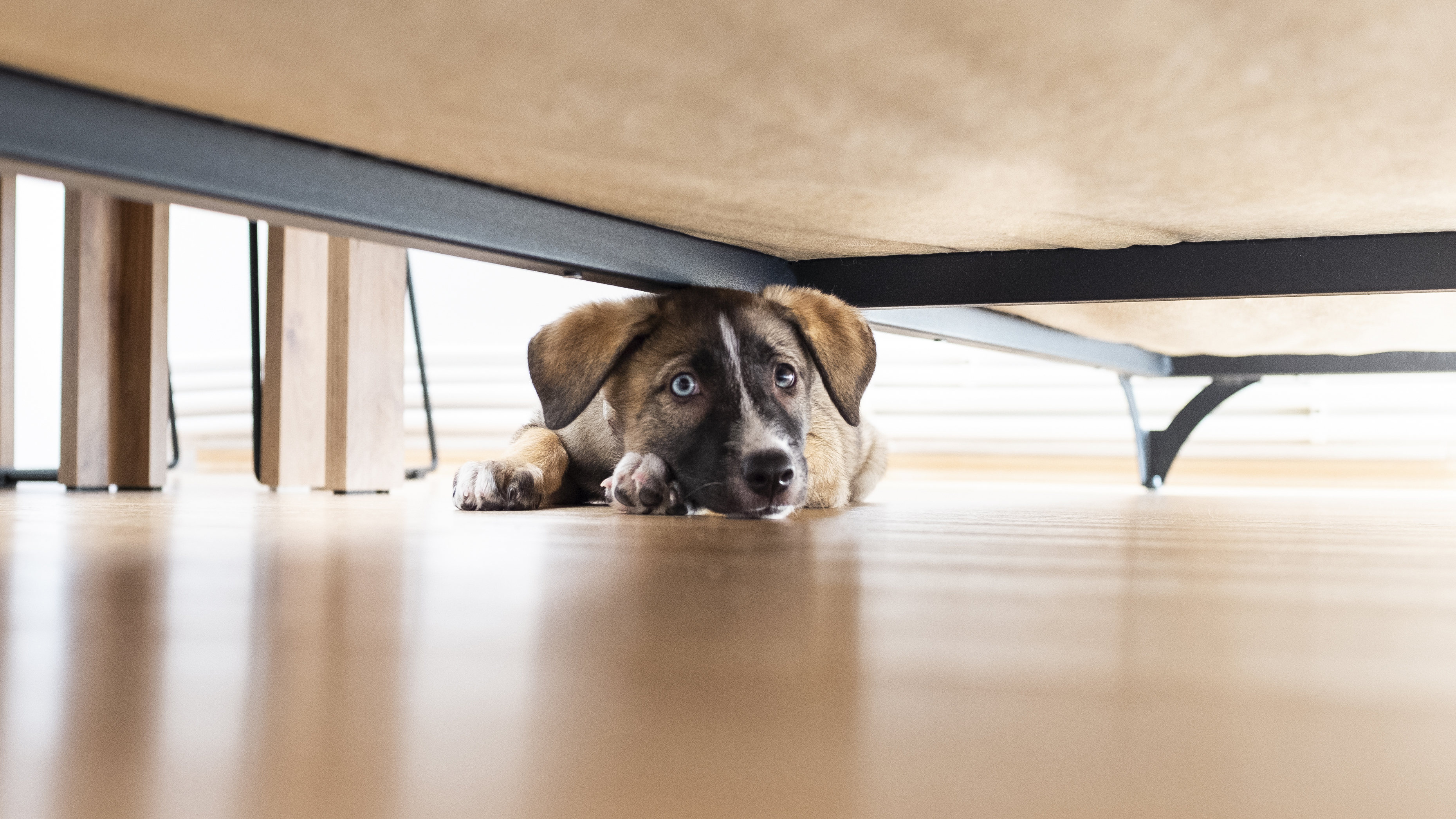
Dogs and cats both hide when they feel insecure or unsafe. This might be due to a trigger you can help them with, but they may need time and space to reassess their environment and feel secure again. Cats also enjoy hiding for fun, as it helps them to feel secure, which is why when they see a cardboard box, they must sit in it.
16. Exposing belly
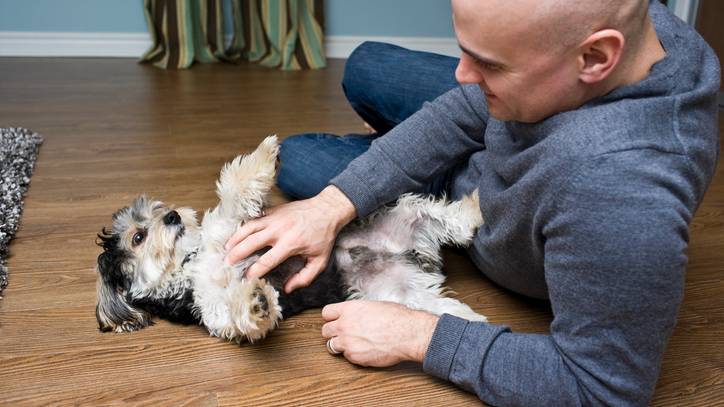
Dogs and cats both expose their bellies when they feel safe and comfortable. Sometimes this is an invitation to pet their exposed tummy, sometimes it is not. Cats in particular can be very choosey about who they let touch their bellies, so proceed with caution. Dogs will also roll over as a submissive gesture if they feel stressed or dominated by another dog or human.
17. Licking their person
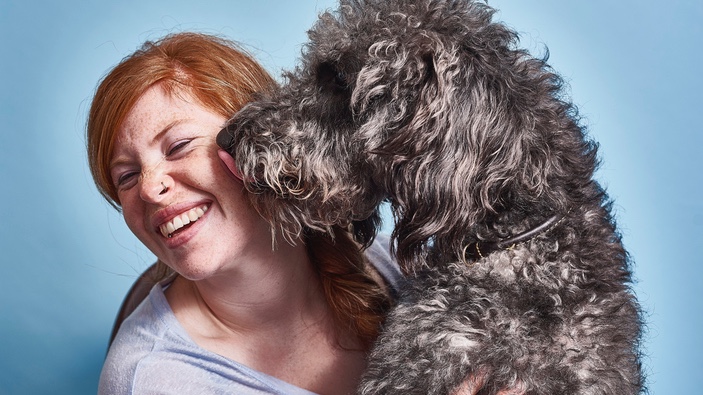
The good news is that your pet probably won't lick you unless they like you. The bad news is that it's often considered an undesirable behavior, especially in dogs. There's nothing worse than your dog (who was licking his nether regions in full view five minutes ago) planting a wet sloppy kiss on your face. Pets lick to show affection, get our attention, or just because we taste good. Whether or not you let your pet give you a tongue bath is up to you.
18. Leaning against you
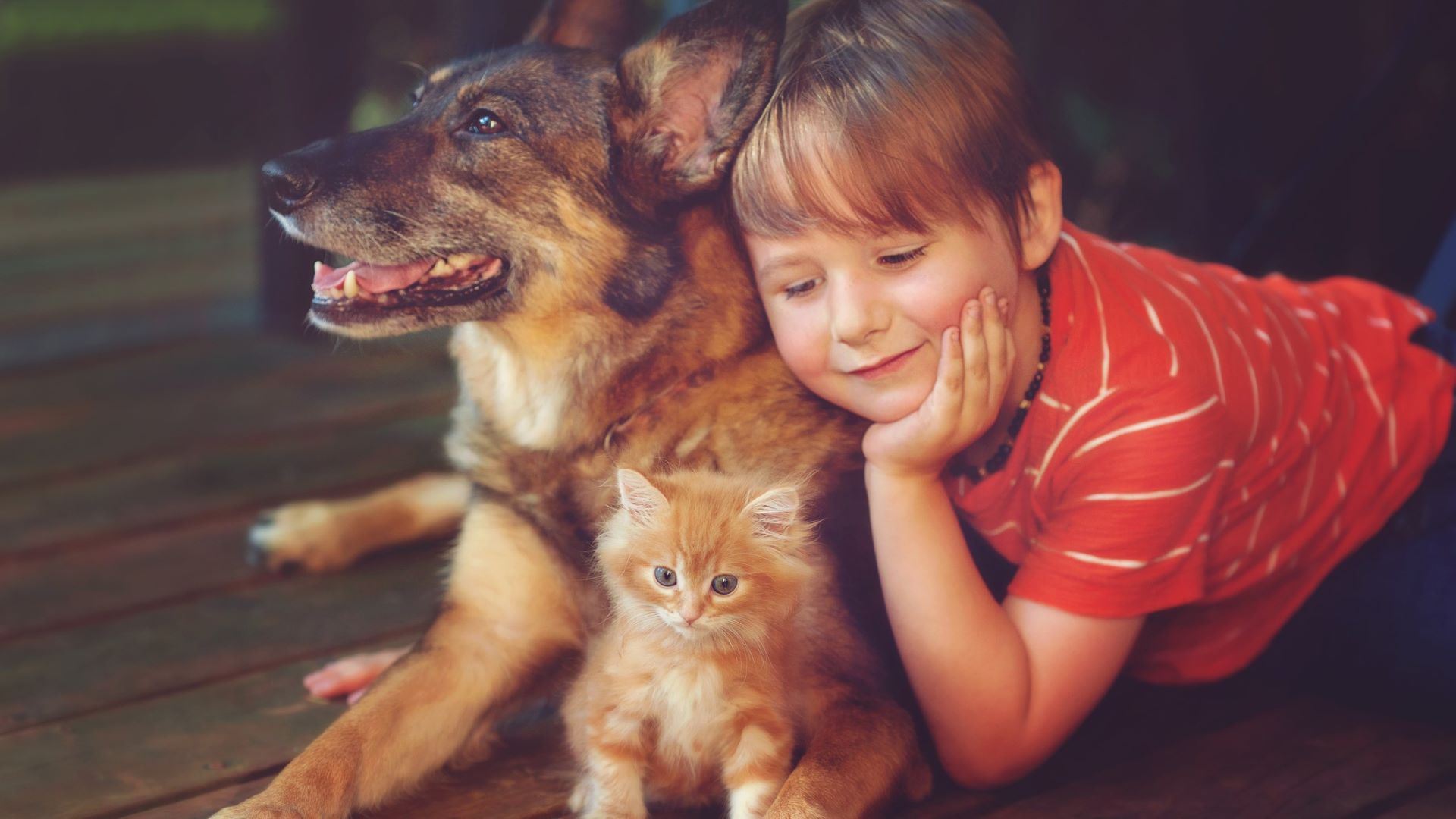
Pets lean on the people they love, just as we do. A lean against a favorite human's legs, or putting their weight on you is a universal sign of affection whether you've got a cat or a dog. Cats are more likely to rub against you as they lean or weave in and out of your legs, whereas dogs might plop their head on you or lean their weight against you, just to let you know they're there.
19. Nuzzling
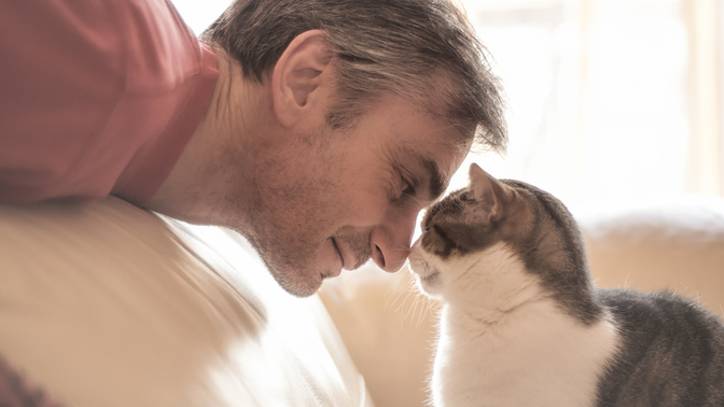
Cats tend to headbutt or "headbunt" to show affection and claim you as "theirs." This action means "I love you," "I trust you," and "You are my friend." Dogs do something similar and nuzzle their owners to show love or gain attention. A dog pushing their head against you usually wants to let you know that they're there and they love you..
20. Staring
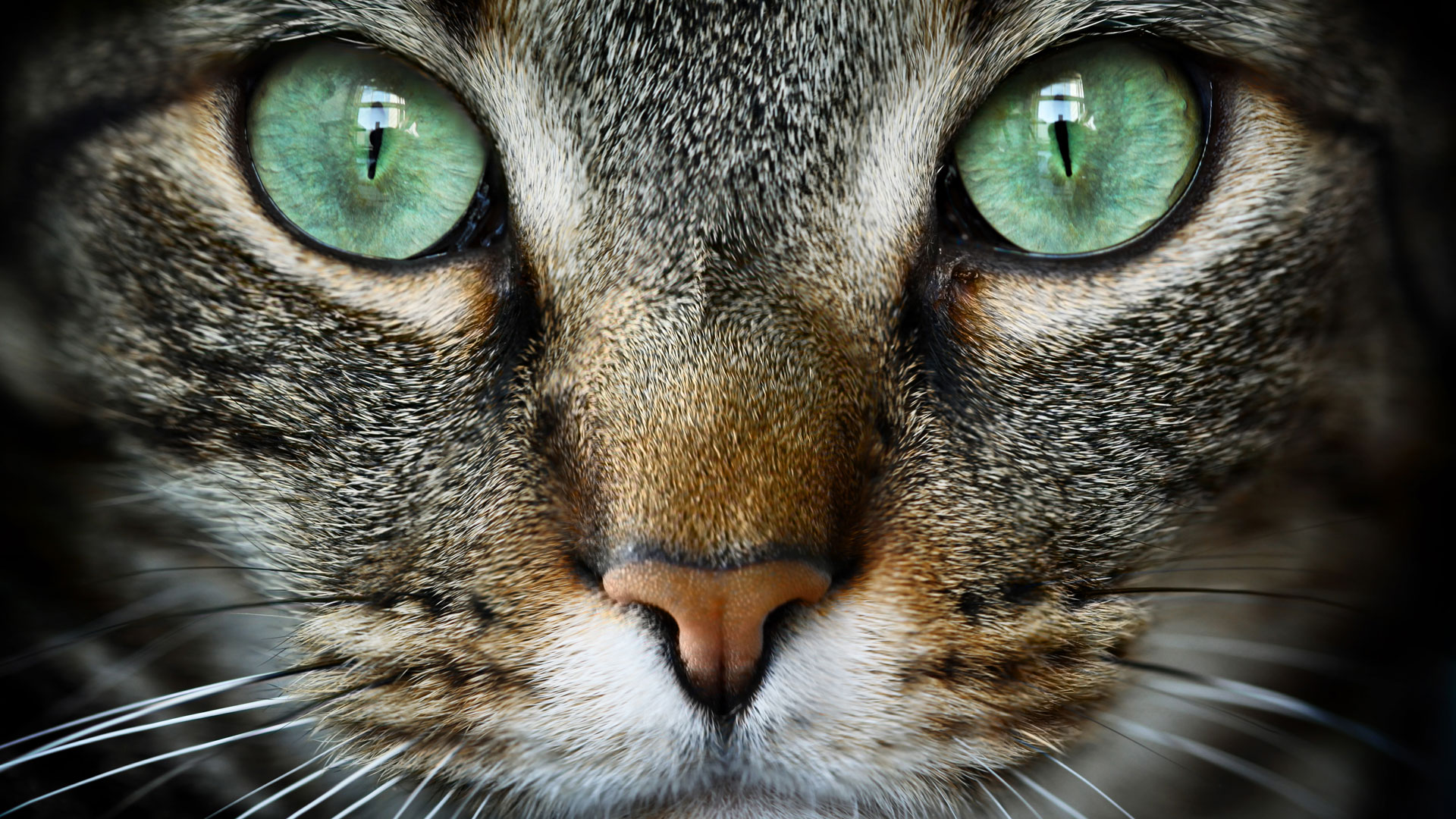
A stare can mean a number of things in the animal kingdom. It can express anything from discomfort to affection. Your pet's other body language will be a good indicator of what they might be feeling. If their ears are up they are probably curious. If their ears are flat they might be upset by something. Check-in with your surroundings and see if there is anything they might be trying to point out to you.
21. Yawning
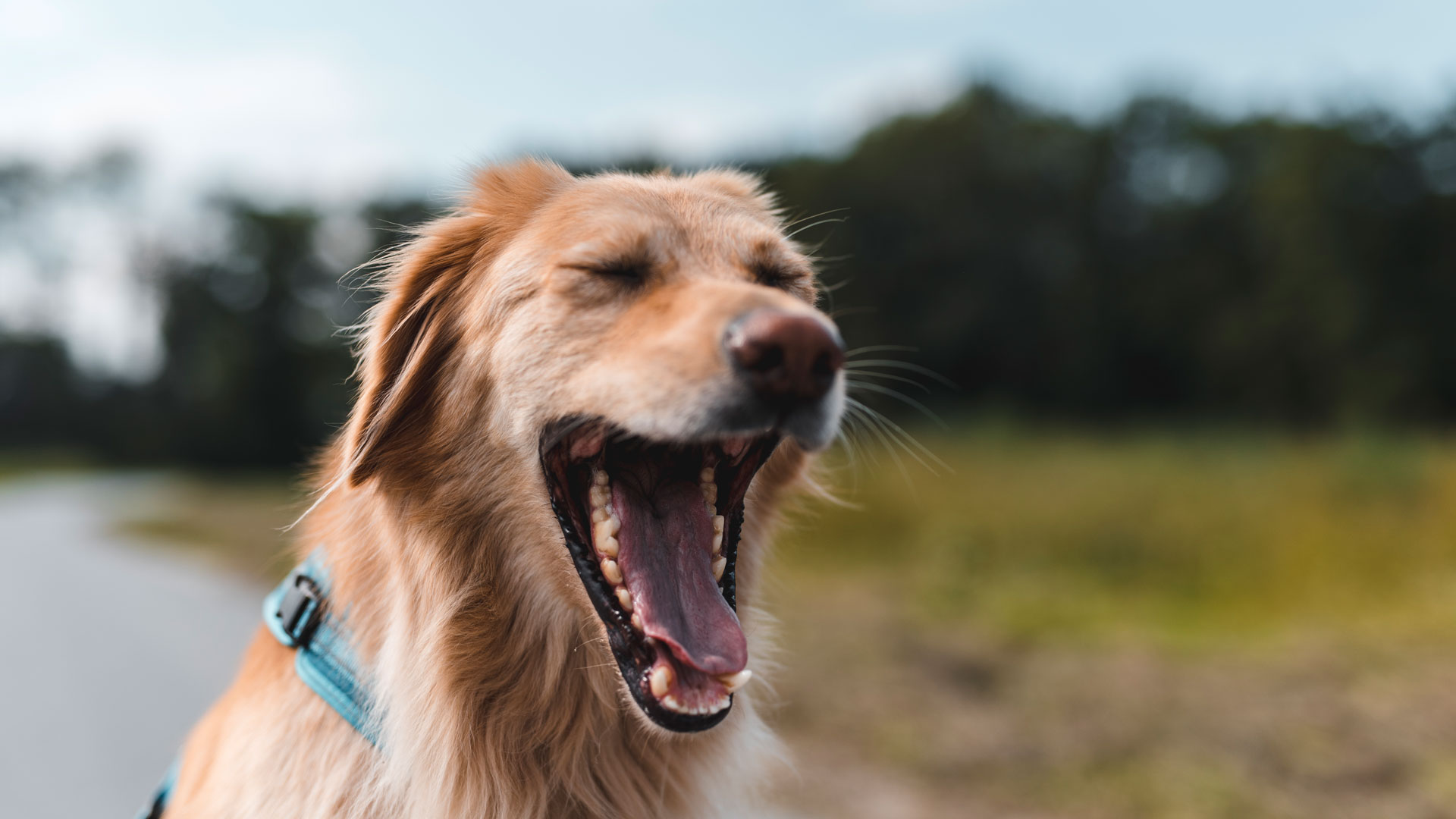
A yawn is another multifaceted piece of pet communication. In its simplest form, it could just be your pet expressing drowsiness or waking up from a good sleep. However, yawning can be an appeasement behavior in dogs or a way to express that they are stressed. Cats will also yawn when stressed, bored, or upset. If the yawn is accompanied by a big stretch, it's probably reflexive and your pet is relaxed.
22. Tail between legs

Dogs will tuck their tails down or clamp them between their legs if they are afraid. If they are unsure of a situation or feeling anxious, and is an expression of submission where there is a dominant dog around.
23. Arched back
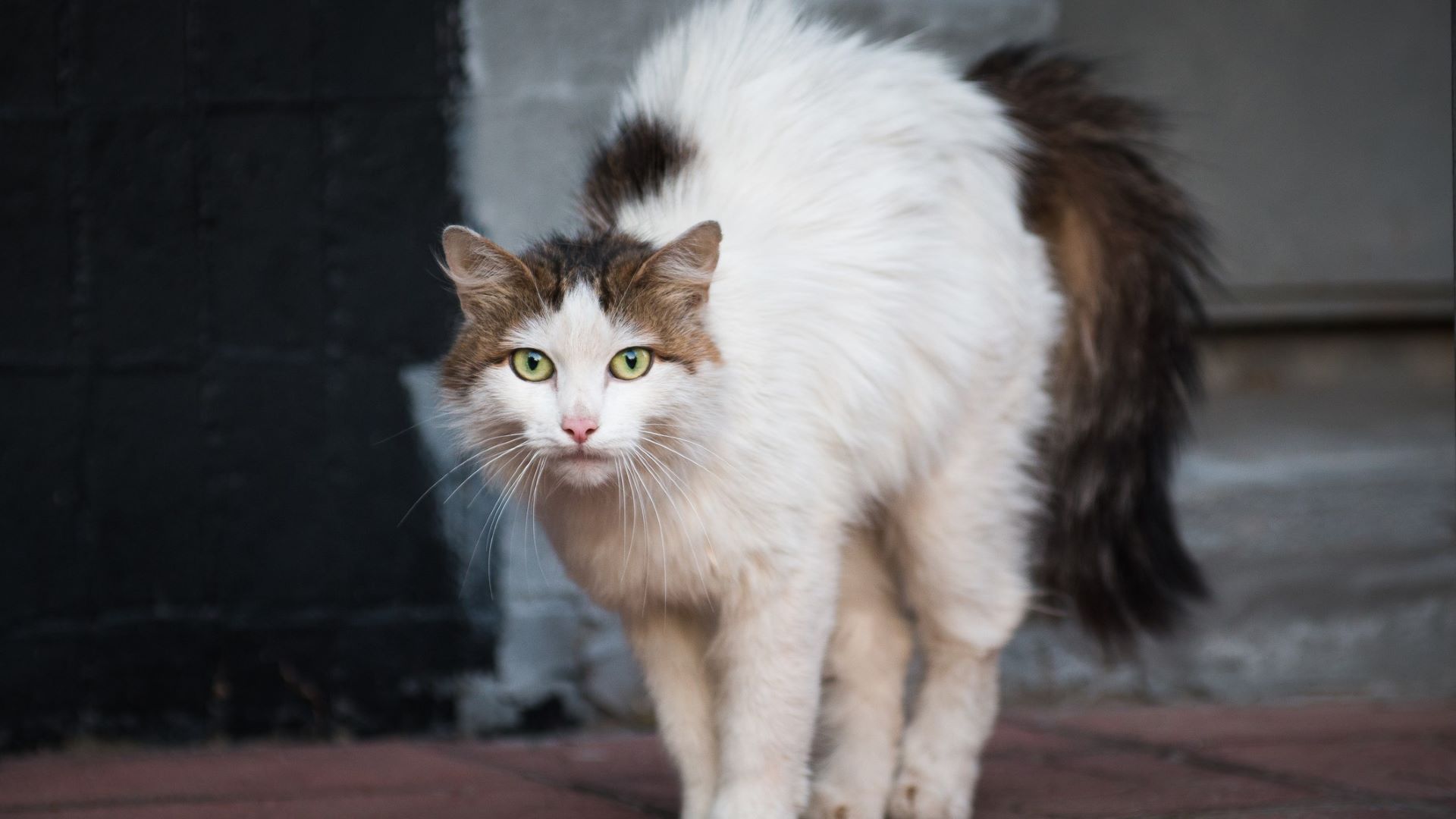
Cats arch their backs when they are frightened or angry to make themselves look bigger. If the arched back is accompanied by hissing and flat ears, your cat is feeling threatened. Cats will also arch their backs when you pet them, in simple enjoyment of the feeling. This arch is more about asking for more or appreciating the back scratch.
24. Curling up
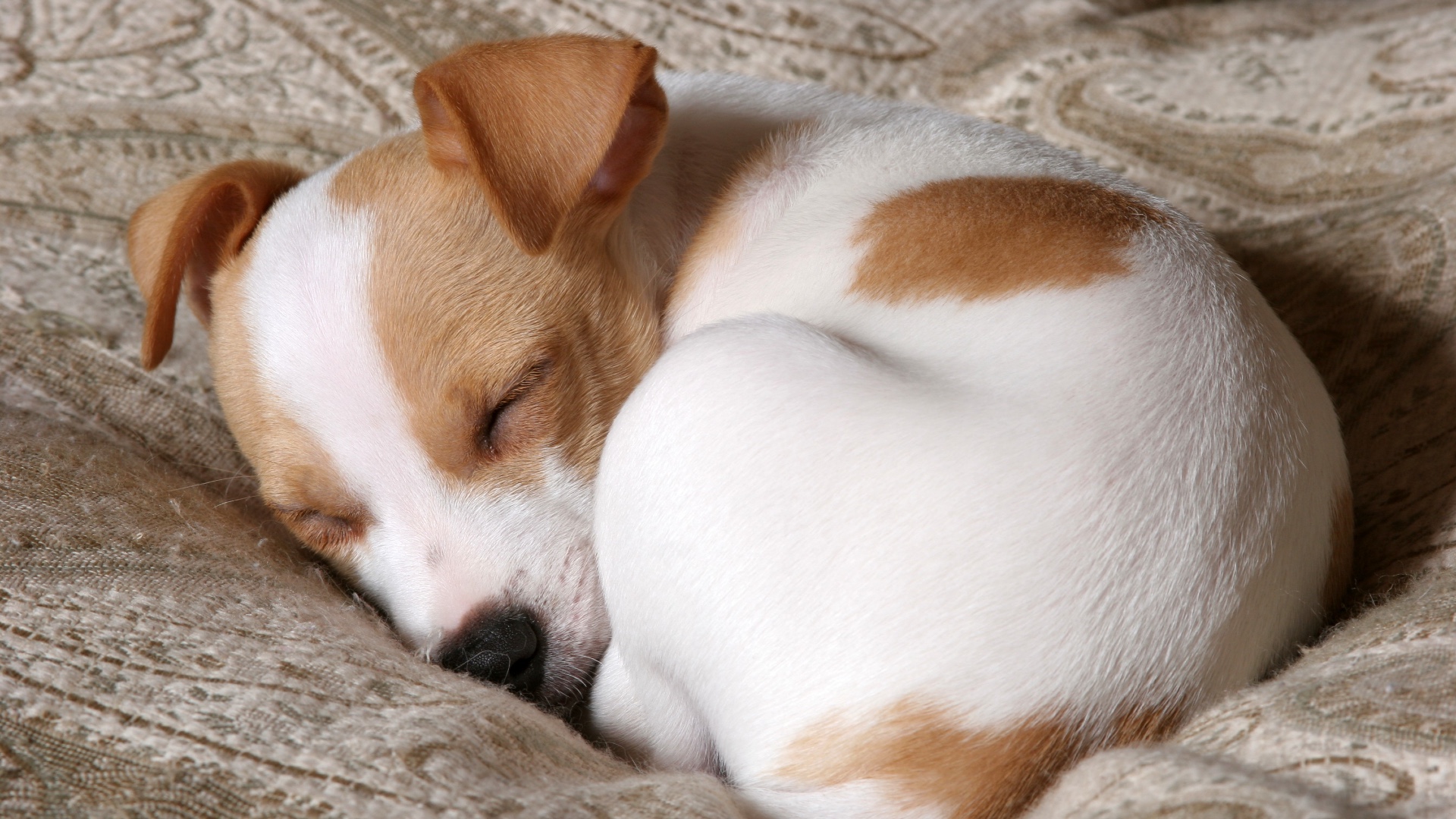
How your pet chooses to sleep can tell you a lot about how they are feeling. Dogs and cats will curl up to stay warm and protect their vital organs. While this doesn't always mean they feel unsafe — it might just be a comfortable position for them — if it's the only way they sleep they might not feel entirely secure with their surroundings. A dog or cat that is happy to sleep with their belly exposed feels very safe in your company.
25. Zoomies
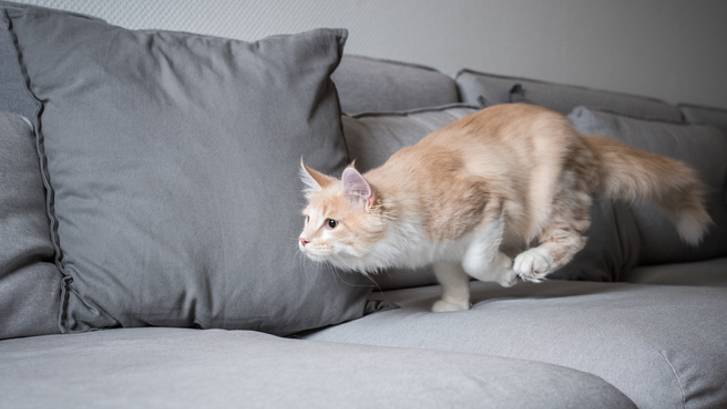
Cats and dogs both experience Frenetic Random Activity Periods (FRAPs), or zoomies. Your pet has excess energy and is using it up, or is expressing their excitement, joy, and overall good feelings. The main difference between dog and cat zoomies is that cats seem to have them in the middle of the night, while dogs generally don't.
26. Stealing your things
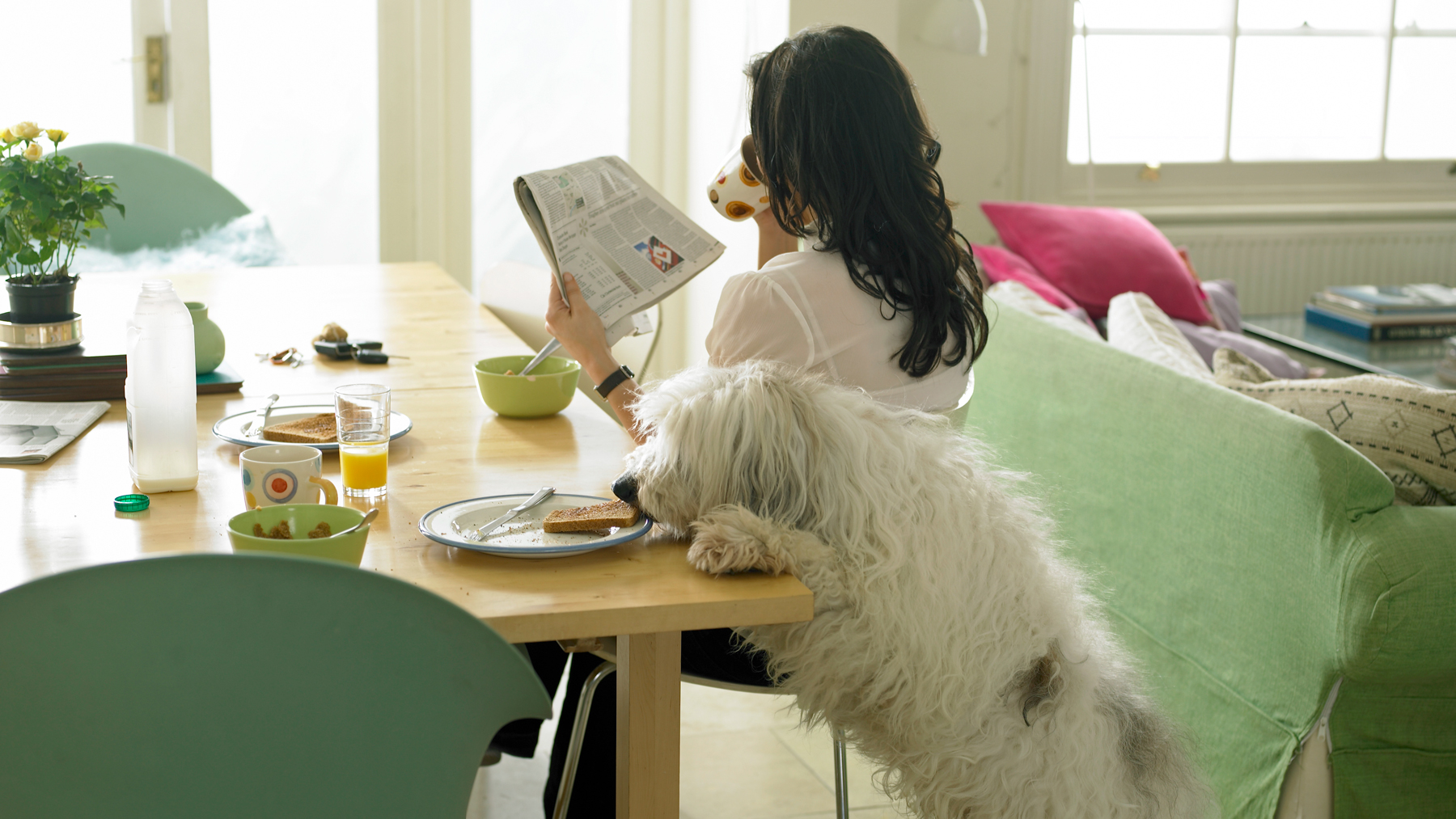
Many pets are opportunists and will steal food, toys, and other items when they can. It might be that they just like the thing that they've stolen, or see it as valuable, but if they are stealing particular things like socks it might be because these smell strongly of you. Pets sometimes hoard things they deem valuable, which is a behavior called caching. When something is really nice or really special, they may want to save it for later or hide it from anyone who may take it off them, hence caching.
27. Spinning before lying down
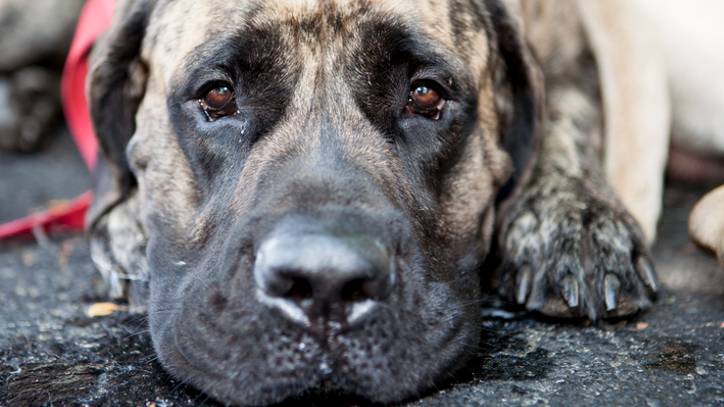
Dogs and cats will circle before lying down as it gives them an opportunity to observe their environment and check out the area they're looking to sleep in. While this behavior isn't anything to worry about and is purely instinctual, it can seem a bit strange. It also allows them to make their beds nice and comfy and get their pillows and blankets "just so".
28. Licking paws
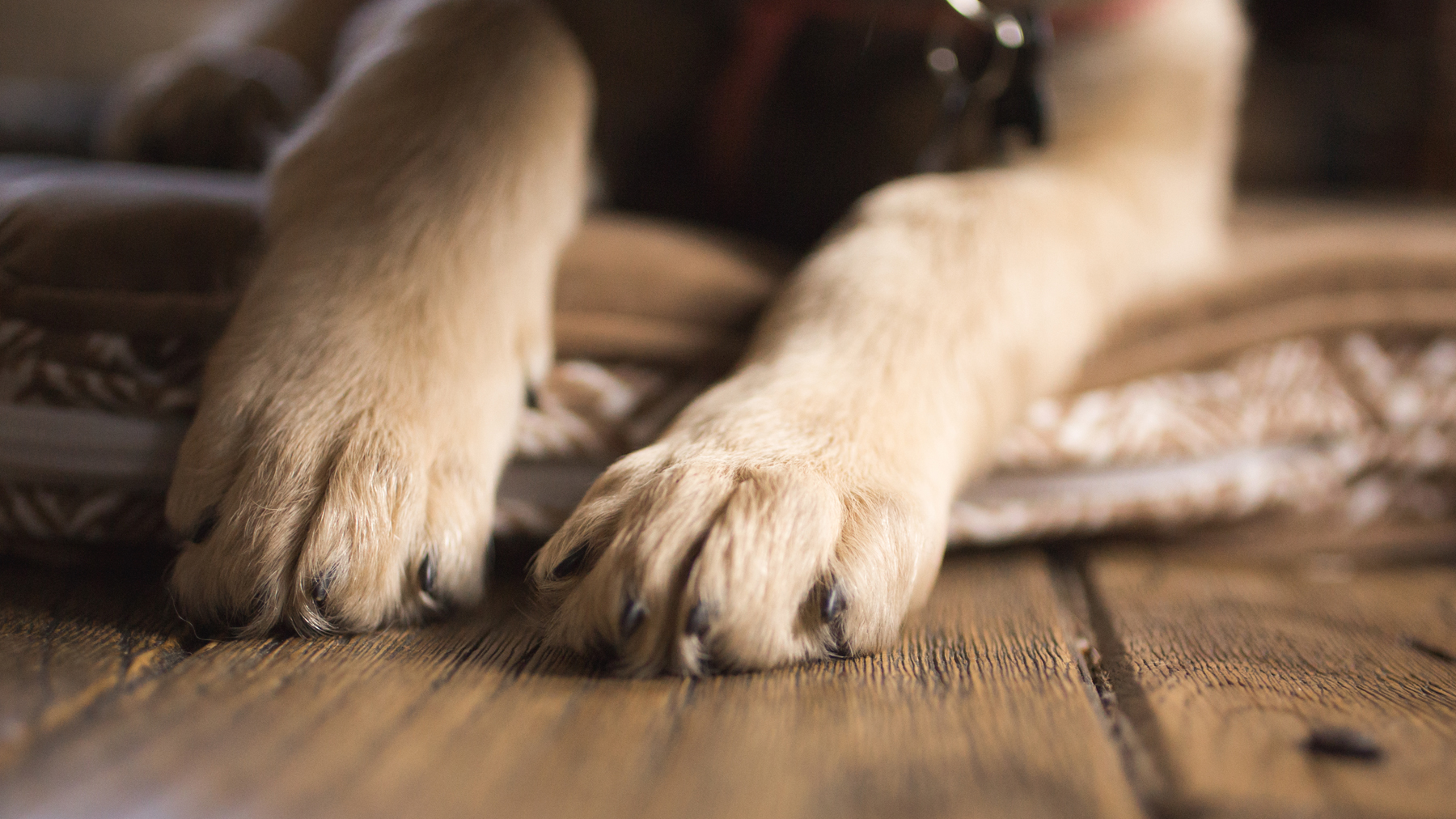
Pets will clean their paws as part of general grooming, but excessive paw licking can be a symptom of anxiety, skin irritation, or allergies. Some pets will do this out of boredom, similar to humans chewing their nails, so make sure your pet has enough entertainment. If your dog only licks their feet at certain times of the year it might indicate that their paws are itchy due to allergies and they might need an antihistamine.
29. Baring teeth
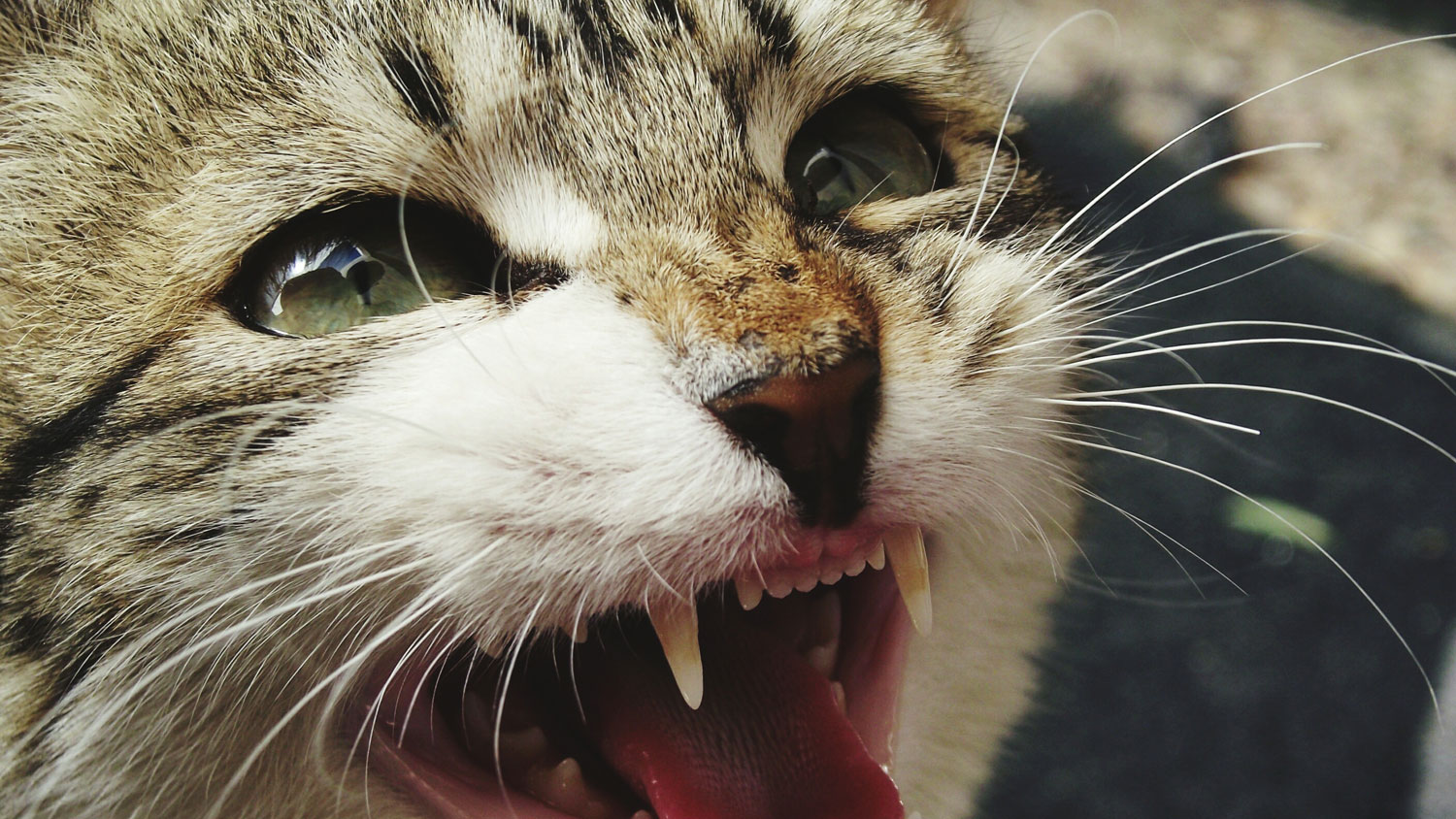
Dogs and cats will show their teeth for several reasons, but usually, it is a sign of discomfort or aggression. A scared pet will show you their teeth to express their fear. If bared teeth are accompanied by growling or hissing and other negative body language, your pet isn't happy. Some cats bare their teeth when sniffing due to something called the Flehmen response. Some dogs also bare their teeth or "smile" when they think they're in trouble, in an attempt to avoid confrontation, which is known as a submissive grin.
30. Whining
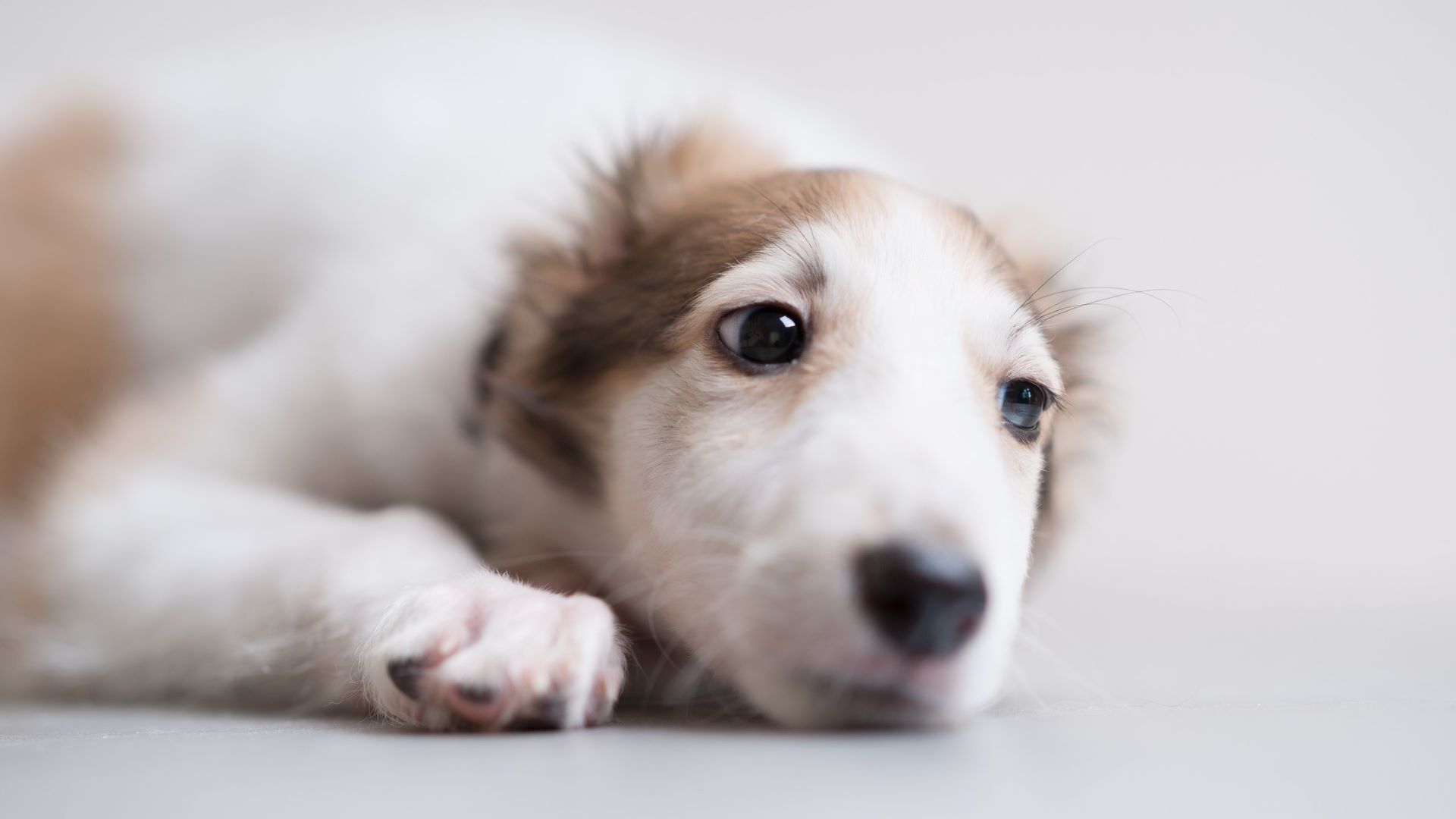
Some dogs are more vocal than others and while you may never hear one dog whine, another might do it all the time to communicate lots of different things. Dogs often whine to communicate boredom, beg for attention, or indicate that they need something. They may also whine when excited, concerned, in pain, or unhappy.
31. Leash agression
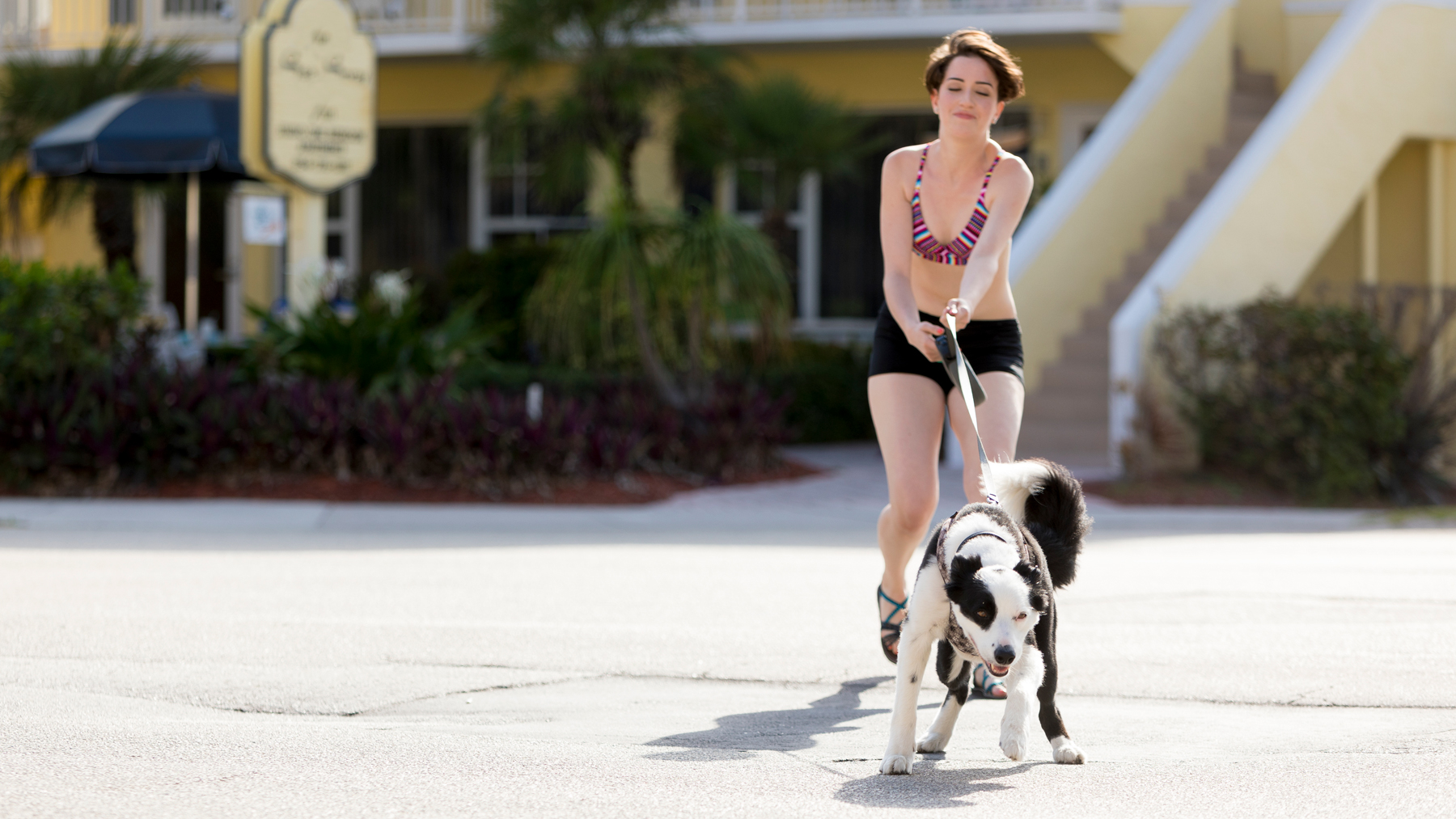
Leash aggression is something that dogs do when they feel restricted by the leash or unsafe with the leash on. If they are nervous or anxious, a leash prevents them from running away from something triggering, so they feel their only option is to lash out. This can lead to a dog who is perfectly behaved off leash acting out while leashed and showing reactivity to other dogs where they would normally be calm.
32. Destructive behavior
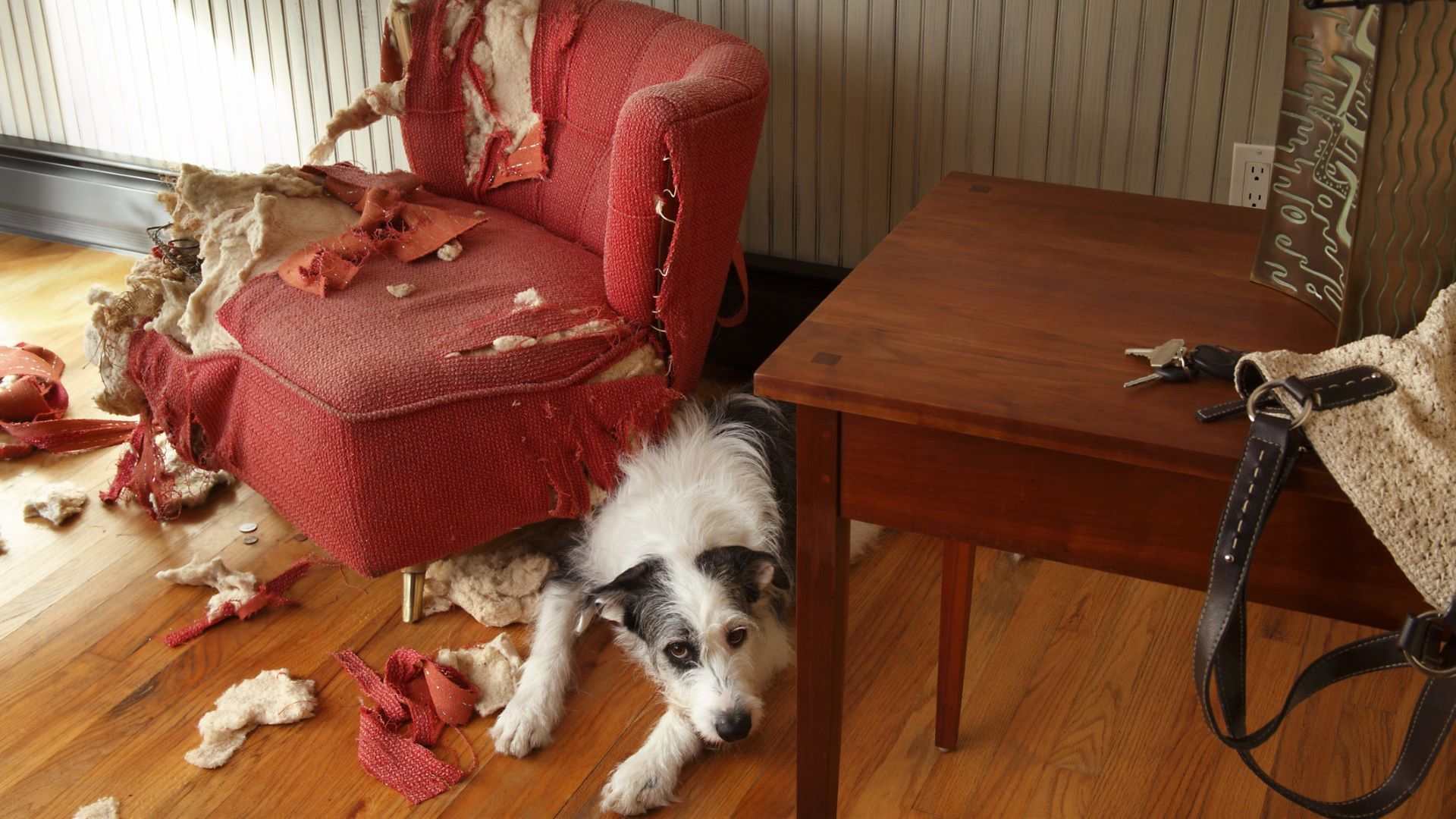
Dogs and cats may express anxiety or boredom with destructive behavior. In dogs this can present as digging, chewing, and ripping things apart, and in cats, it tends to be scratching or ripping. While this might feel like a punishment, giving your pet appropriate sources of entertainment and plenty of mental stimulation is likely to solve the issue.







